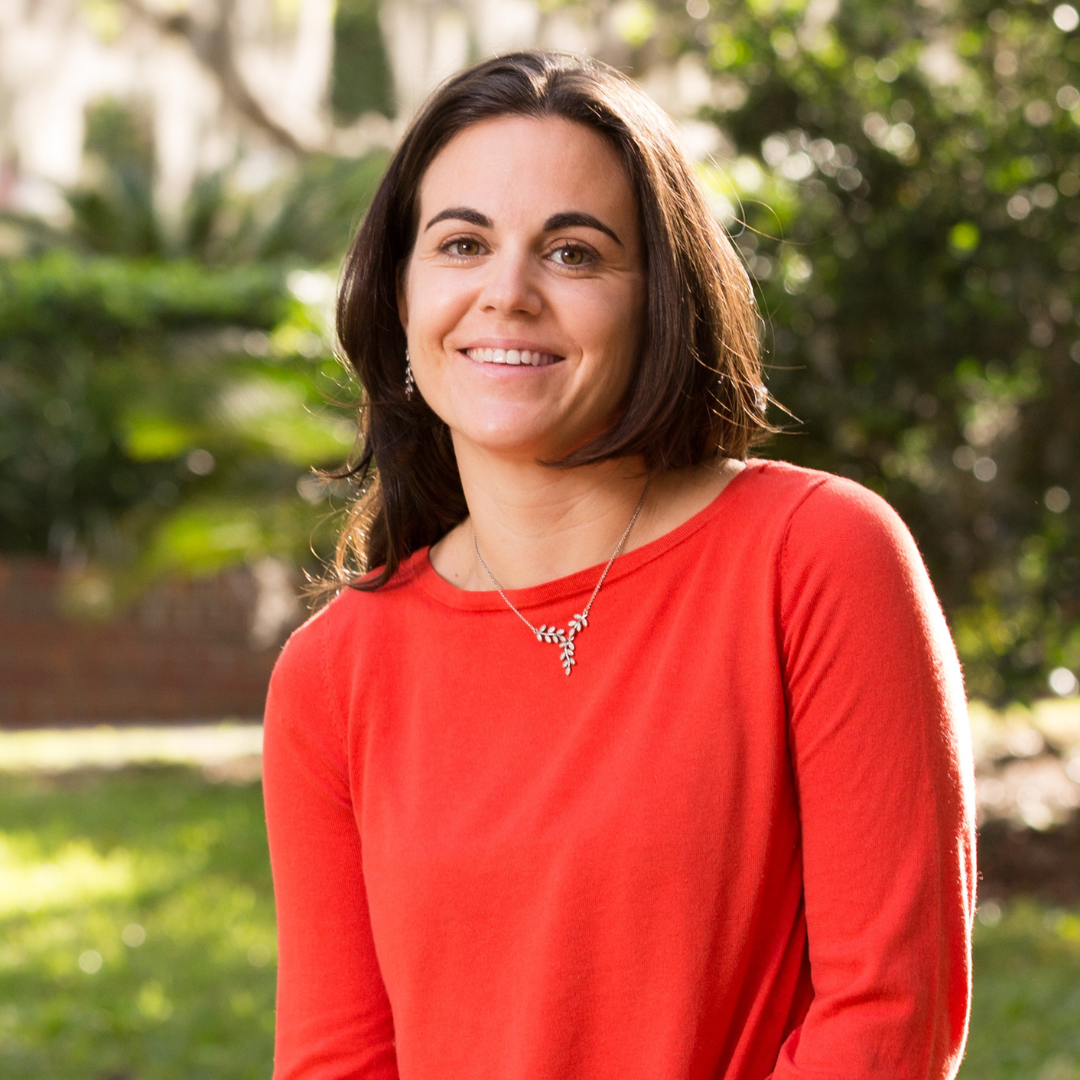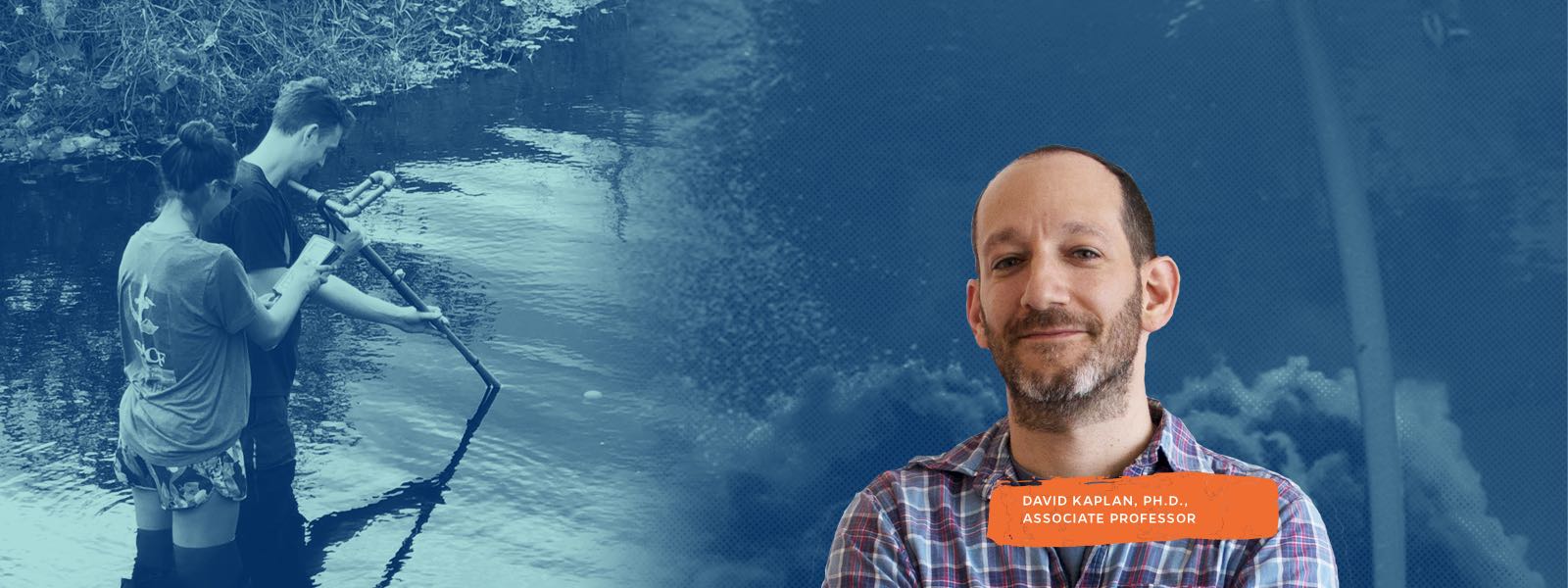Challenge
Management of Lake Okeechobee (Lake O) has been a “wicked problem” for the Army Corps of Engineers for nearly 100 years. The need to maintain in-lake storage for flood protection while also meeting water quality requirements for the Everglades has led to frequent, damaging discharges to the Caloosahatchee and St. Lucie estuaries, where freshwater and marine harmful algal blooms have resulted in tremendous environmental and economic damages in recent years.
Response
CCS and partners are developing data- and model- driven guidance for improved Lake O management through four objectives:
- Coupling lake, watershed, and estuarine models spanning from Lake O to Charlotte Harbor
- Collecting novel water quality data using real-time and event-driven sampling and source-tracking methods
- Quantifying estuarine residence times and water quality to predict algal communities
- Synthesizing information about optimal conditions for Lake O discharge and delivering these results to the Army Corps and other management agencies
Funding
This Coupling Lake, Watershed, and Estuarine Models to Better Understand the Role of Engineered Freshwater Discharges In Driving the Severity, Location, and Timing of Harmful Algal Blooms (CLEW) project is funded by the US Army Corps of Engineers Engineering Research and Development Center Aquatic Nuisance Species Research Program.
Impacts
Team Leads
Research Collaborators
Publications and Reports
Main physical processes affecting the residence times of a micro-tidal estuary











